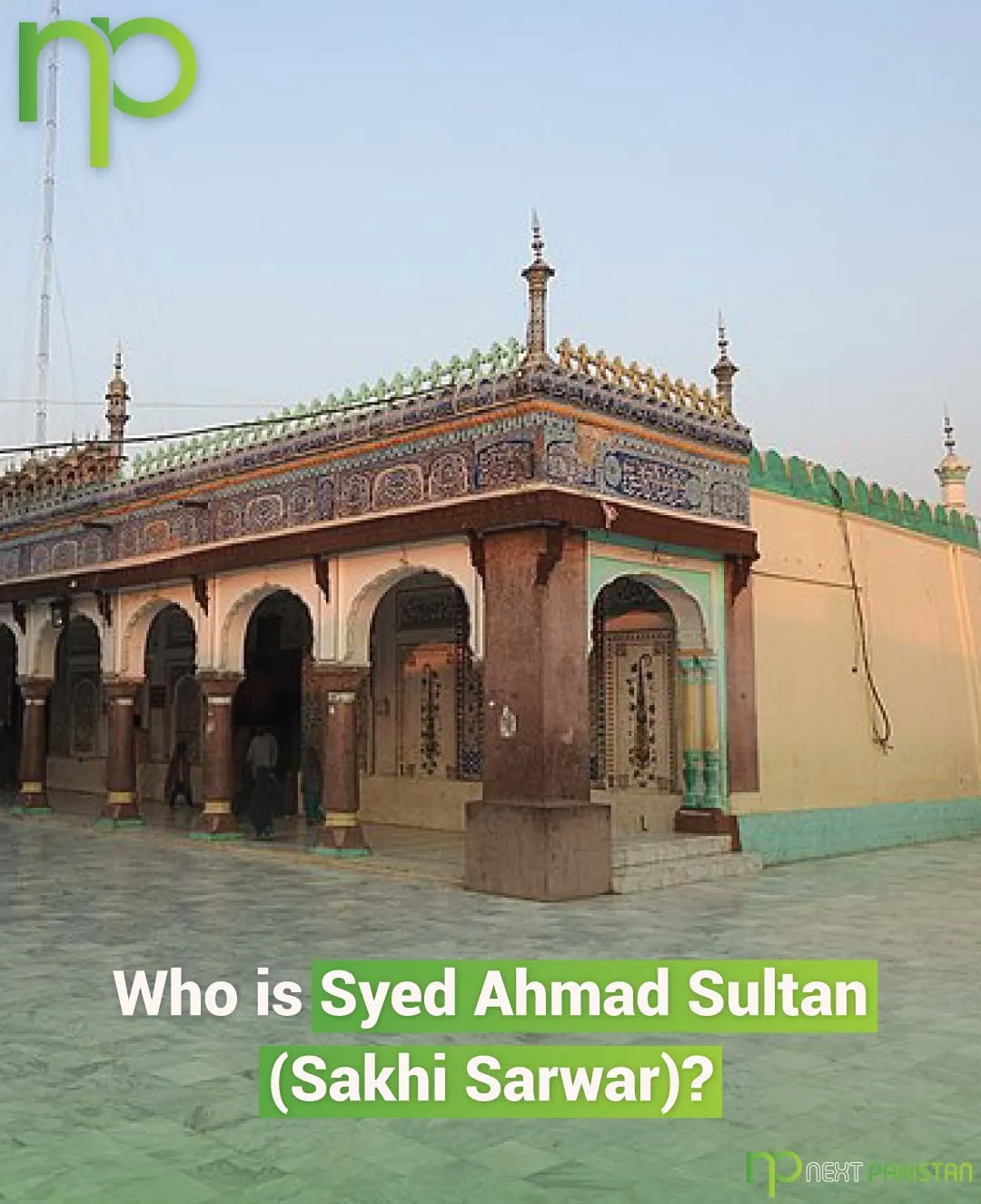
- February 16, 2024
- ubaidah khan
- 0
Introduction
Syed Ahmad Sultan, widely known as Sakhi Sarwar, was a revered Sufi saint of the Punjab region during the 12th century. His life, marked by devotion and spiritual significance, has left an enduring impact on the cultural and religious landscape of the area.
Aliases and Appellations
Sakhi Sarwar is recognized by various titles, reflecting his revered status among his followers. These include Sultan (king), Lakhdata (bestower of millions), Lalanvala (master of rubies), Nigahia Pir (the saint of Nigaha), and Rohianvala (lord of the forests). Those who follow his teachings are known as Sultanias or Sarwarias.
Early Life and Family
Born in 1120 AD, Sakhi Sarwar’s father, Syed Zain-ul-Abedin, migrated with his family from Baghdad, Iraq, to the Multan region in modern-day Punjab. The family, engaged in farming in Shahkot, Punjab, had connections to the ruling family of Multan. Sakhi Sarwar’s compassion became evident when he distributed his daughter’s dowry among the needy.
Sakhi Sarwar passed away in 1181 and found his final resting place at the base of Sulaiman Mountains in the Dera Ghazi Khan District.
Spiritual Journey and Khilafat
In Baghdad, Sakhi Sarwar received the esteemed gift of khilafat from three renowned saints: Ghouse-ul-Azam, Shaikh Shahab-ud-Din Suhrawardi, and Khwaja Maudood Chishti. His arrival in the 12th century marked the beginning of the spread of Islam in the region, attributed to his high moral values and humility.
Shrines Dedicated to Sakhi Sarwar
- Nigaha: The Last Place
Sakhi Sarwar chose Nigaha as his settlement. The shrine complex includes his tomb, a shrine associated with Guru Nanak Dev Ji, an apartment containing the belongings of Mai Ayesha (Sakhi Sarwar’s mother), and Thakurdwara. The shrine also features the tombs of Sakhi Sarwar, his wife Bibi Bai, and a jinn held in his power. - Chom and Moza
Near the Nigaha shrine, Chom and Moza are considered holy spots associated with Murtaza, Sakhi Sarwar’s son-in-law. Chom is believed to have an impression of Murtaza’s hand, preventing a mountain from collapsing over his shelter. - Other Places
- Shrines in honor of Sakhi Sarwar can be found in Dhaunkal (Wazirabad district), Peshawar, Lahore, and various places in Indian Punjab, known as Nigaha.
Followers and Rituals
Sakhi Sarwar’s followers, known as sang, visit the shrine at Nigaha. The pilgrimage includes stops at chaukis (posts) where devotees traditionally sleep on the ground. Those unable to make the journey perform the ritual of chauki bharna, sleeping on the ground at home for at least one night annually.
Annual Fairs and Rituals
- Baisakhi Fair at Nigaha
The shrine at Nigaha hosts a week-long Baisakhi fair in April, attracting devotees seeking spiritual blessings. - Other Fairs in the Punjab Region
Fairs are held in Dhaunkal (June/July), Jhandon Wala Mela in Peshawar, and Qadmon Wala Mela in Lahore. A notable fair, “Chaunkian da Mela,” is held in Mukandpur, commemorating Sakhi Sarwar’s visit to Balachaur. - Ritual of Offering Raut
Devotees traditionally offer a raut, a huge sweetened loaf, once a year on a Friday. The preparation is done by a Bharai, and a portion is consumed by the donor’s family and distributed among fellow Sultanias.
In conclusion, Sakhi Sarwar’s life, teachings, and the traditions associated with his shrines continue to play a vital role in the spiritual fabric of the Punjab region, fostering a sense of community and devotion among his followers.